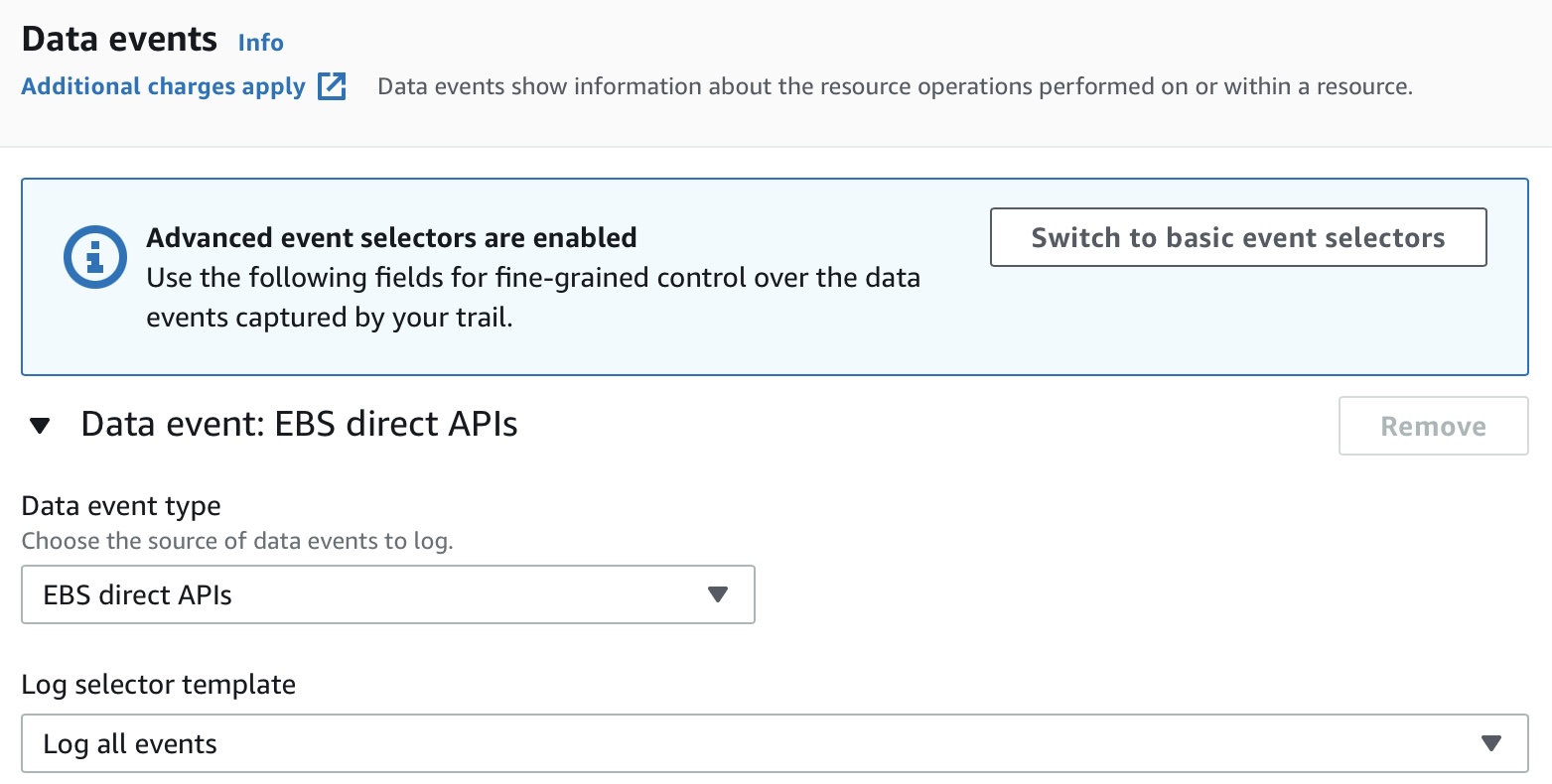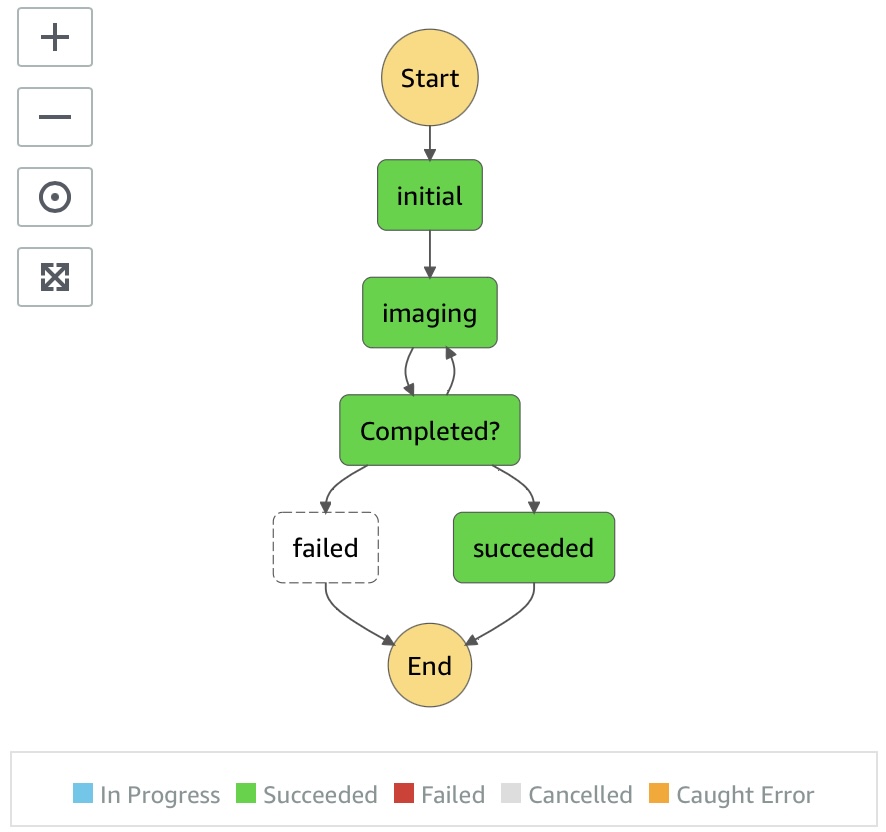
4n6ir.com
Serverless Forensic Imager
by John Lukach
ORIGINALLY
I initially released my Snapshot 4n6ir Imager to simplify the Elastic Compute Cloud (EC2) forensic acquisition of Elastic Block Storage (EBS) volumes from Snapshots using the EBS Direct API that focused on missing data security encryption requirements.
The EBS Direct API released at AWS re:Invent 2019 did not initially have any Cloud Trail logging creating a risk of undetected data exfiltration. It was always safer to just put a Service Control Policy (SCP) on it!
{
"Version": "2012-10-17",
"Statement": [
{
"Sid": "EBSDirectAPI",
"Effect": "Deny",
"Action": "ebs:*",
"Resource": "*"
}
]
}
AWS IMPROVEMENTS
Mid-Summer 2020, EBS Direct API Virtual Private Cloud (VPC) Endpoint preview was sporadically available for testing. In November of 2020, Amazon Web Services (AWS) released VPCE for EBS, allowing for connectivity from an isolated subnet to guarantee the data never left the network segment.
com.amazonaws.us-east-2.ebs
AWS released the ability to re-encrypt a snapshot using Key Management Service (KMS) at re:Invent 2020, obsoleting many of the script’s capabilities with a few considerations.
- Encrypted snapshots can not become unencrypted
- Unencrypted snapshots are optional for encryption
- Shared encrypted snapshots need KMS permissions
In July of 2021, Cloud Trail gained the ability to log data events for EBS Direct API under the advanced selector providing the necessary monitoring and detection capabilities.
- ebs:ListSnapshotBlocks
- ebs:ListChangedBlocks
- ebs:GetSnapshotBlock
- ebs:PutSnapshotBlock
These data events are still not logged by default; thus wise to leave the SCP in place. Also, shared snapshots do not send the data events to the AWS account that owns the snapshot.

I missed that they added SHA256 as the checksum for the snapshot blocks collected with the EBS Direct API in the Boto3 SDK at some point.
SNAP4N6 UPDATES
First thing, first, I renamed Snapshot 4n6ir Imager to Snap4n6.
Next, I switched the script to a serverless solution for less maintenance.
https://github.com/4n6ir/snap4n6
Finally, I created a Python package for rebuilding the forensic image.
https://github.com/4n6ir/snap4n6cli
